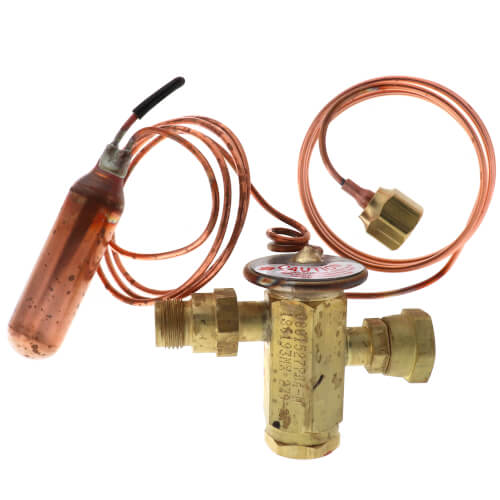Blog
What is a TXV?
A TXV, or Thermostatic Expansion Valve, is a component commonly used in refrigeration and air conditioning systems. Its primary function is to regulate the flow of refrigerant into the evaporator coil in response to the cooling load. In a typical AC unit, there will be one of two common metering devices: piston or TXV. We sell Rheem equipment. Rheem equipment comes equipped with a TXV rather than a piston.
Here’s a brief overview of how a TXV works:
- Sensing Bulb: The TXV contains a sensing bulb that is attached to the suction line of the evaporator coil. This bulb is filled with a refrigerant.
- Sensing Bulb Monitors Temperature: The sensing bulb monitors the temperature of the refrigerant leaving the evaporator coil. As the temperature changes, the pressure of the refrigerant in the sensing bulb also changes.
- Expansion Valve Adjustment: The TXV uses the information from the sensing bulb to modulate the flow of refrigerant into the evaporator coil. When the cooling load increases, the valve opens to allow more refrigerant into the coil, and when the load decreases, the valve closes to reduce the flow.
- Maintaining Superheat: The TXV helps to maintain a consistent level of superheat in the evaporator coil. Superheat is the temperature increase of the refrigerant vapor above its saturation (boiling) temperature. Proper superheat ensures that the refrigerant absorbs the maximum amount of heat from the air passing over the evaporator coil.
The use of a TXV improves the efficiency of the cooling system by precisely controlling the refrigerant flow based on the actual cooling needs. This results in better temperature regulation, increased energy efficiency, and improved overall system performance.
TXVs are commonly found in air conditioning systems, heat pumps, and other refrigeration applications where precise control of refrigerant flow is essential for optimal system operation.


